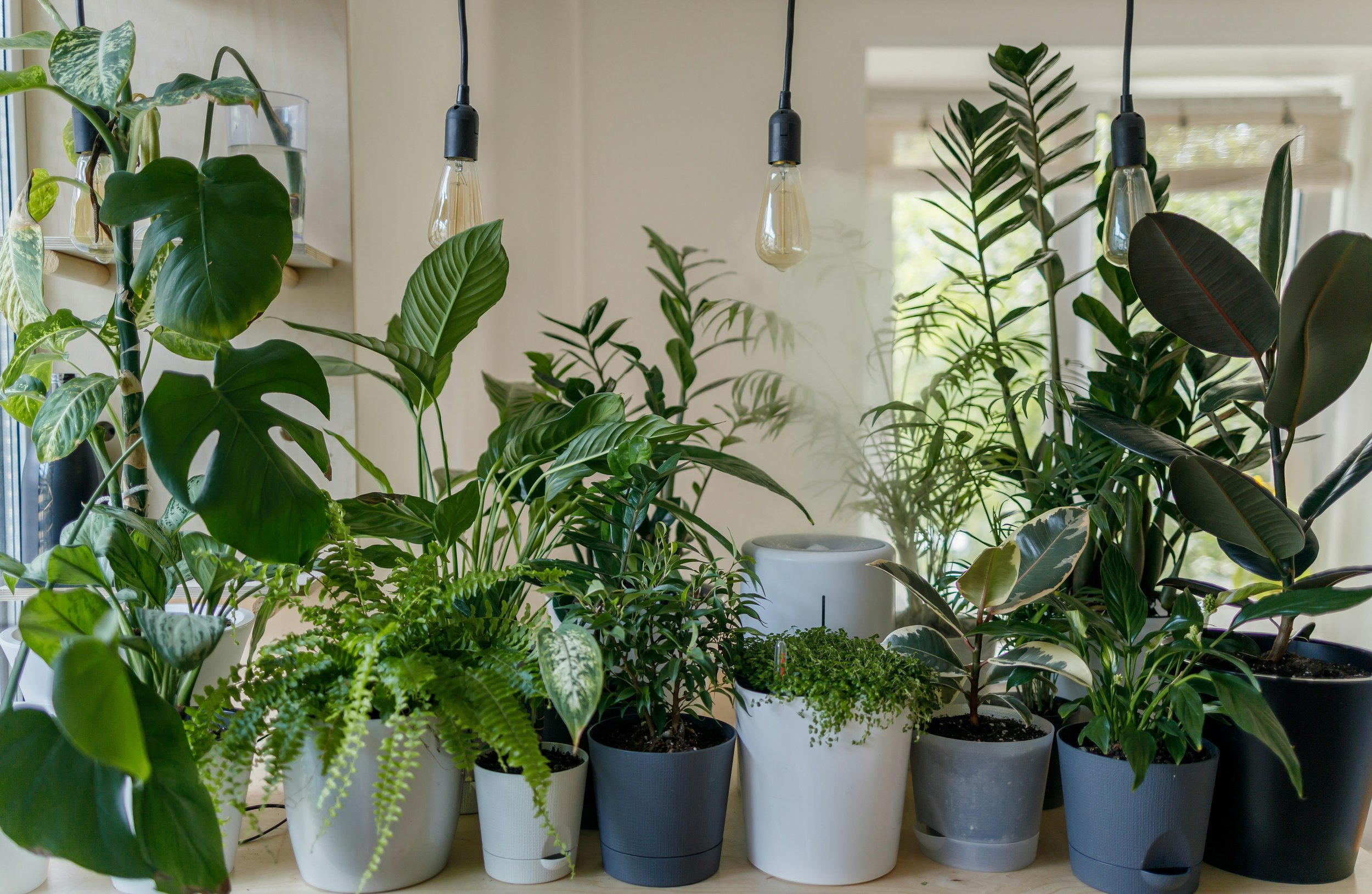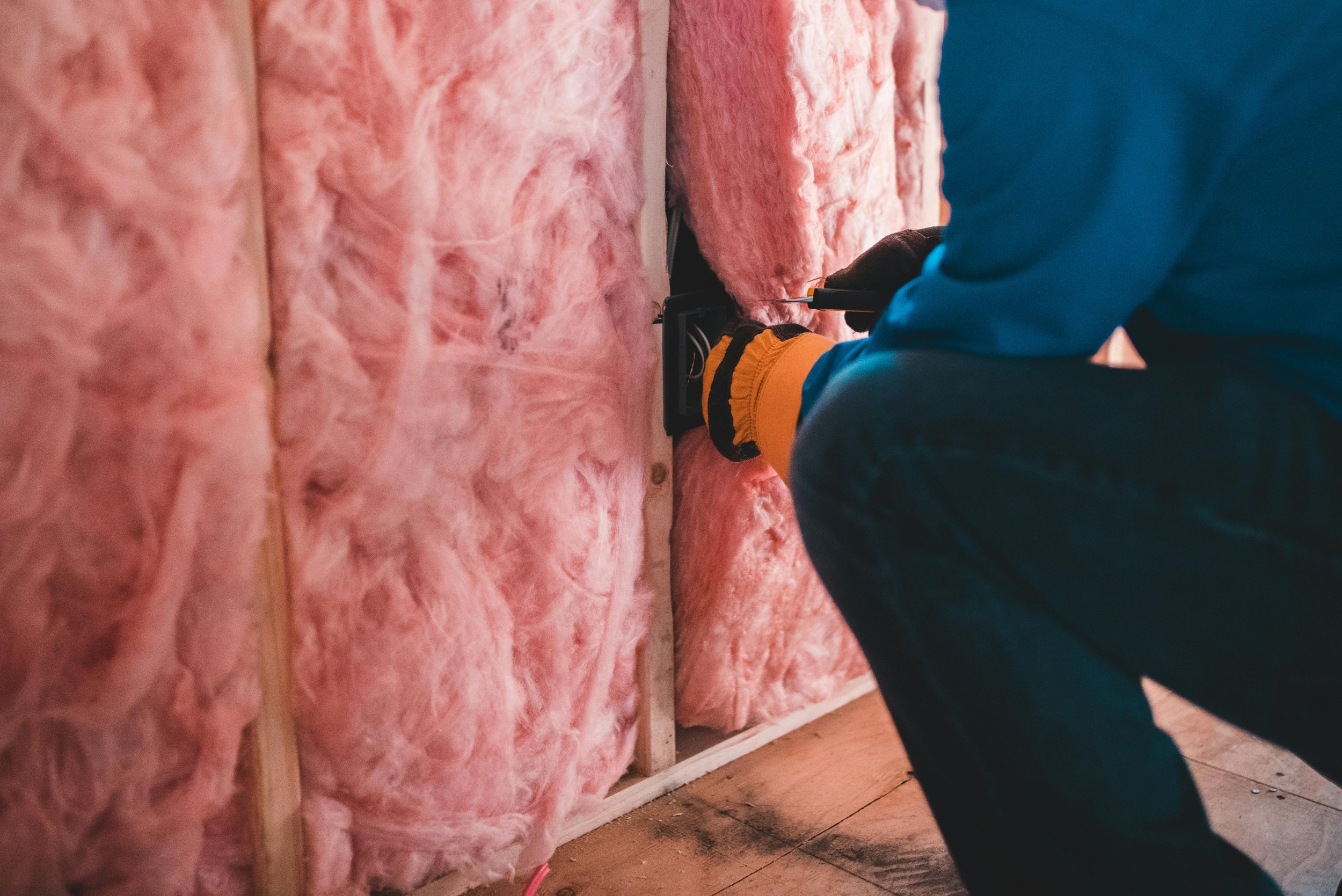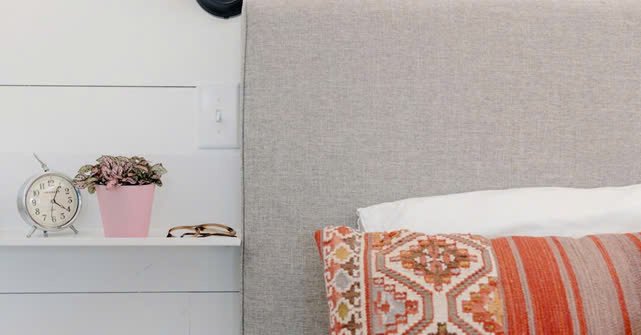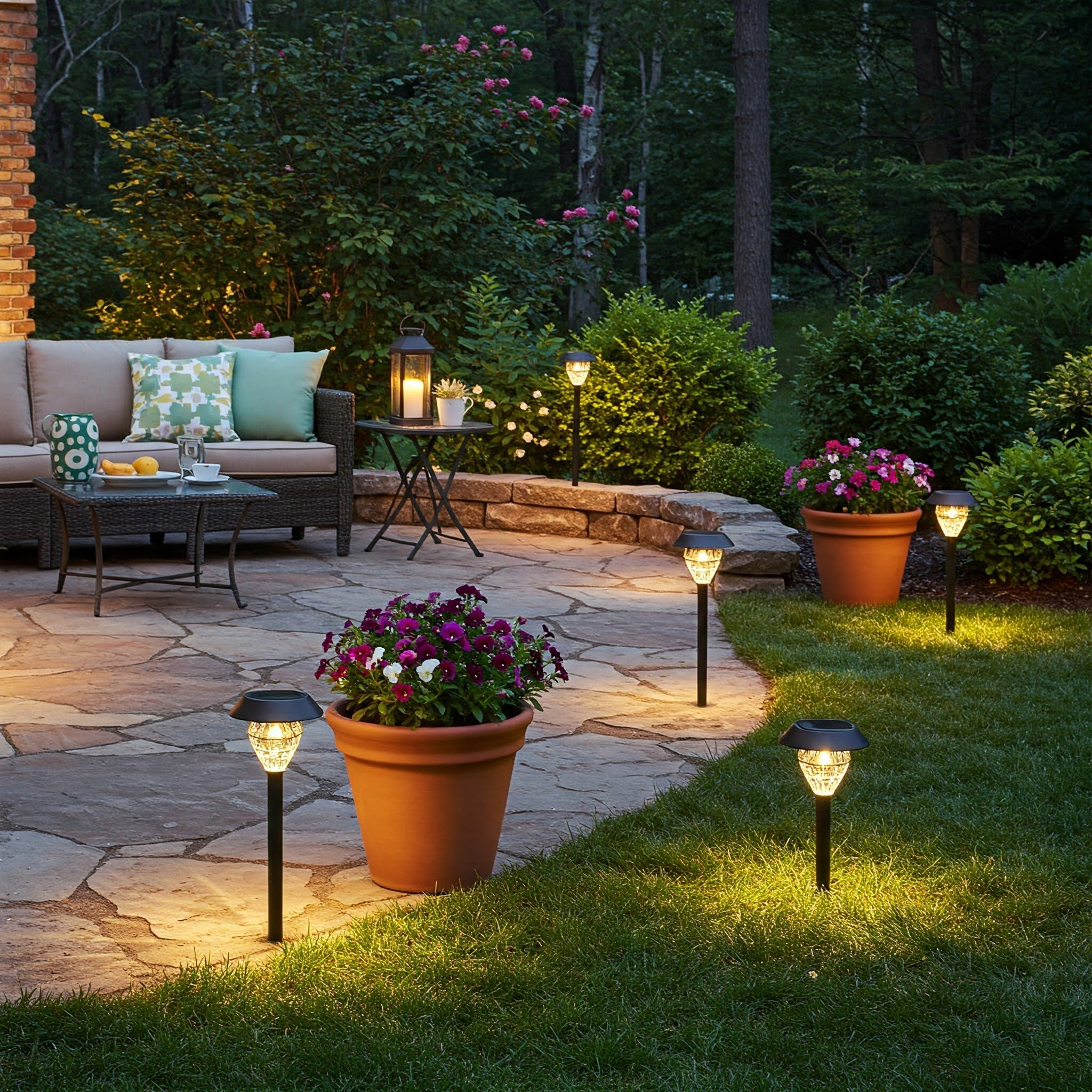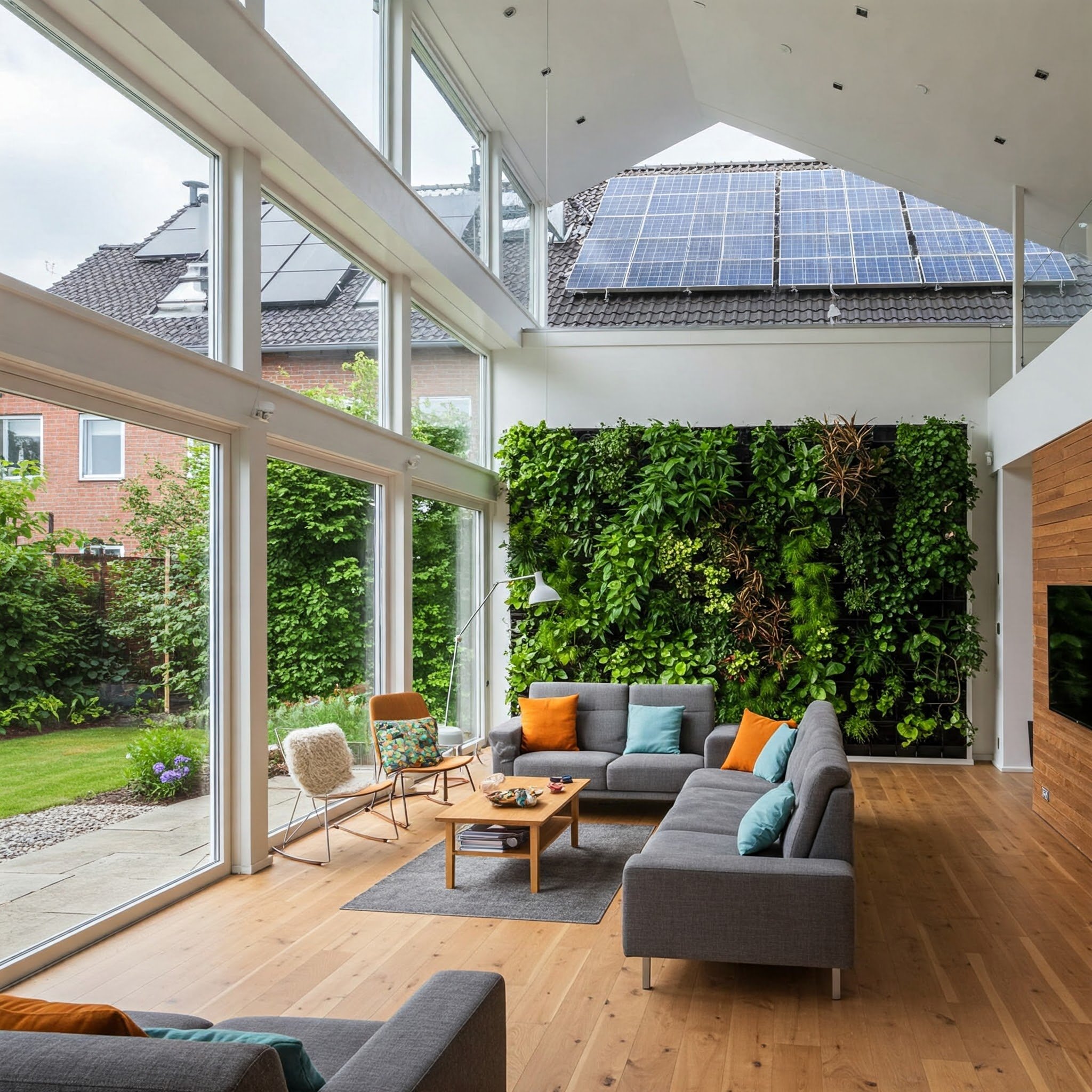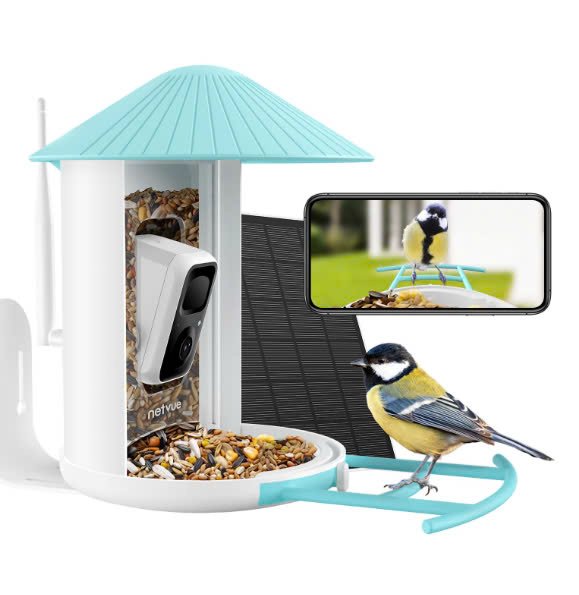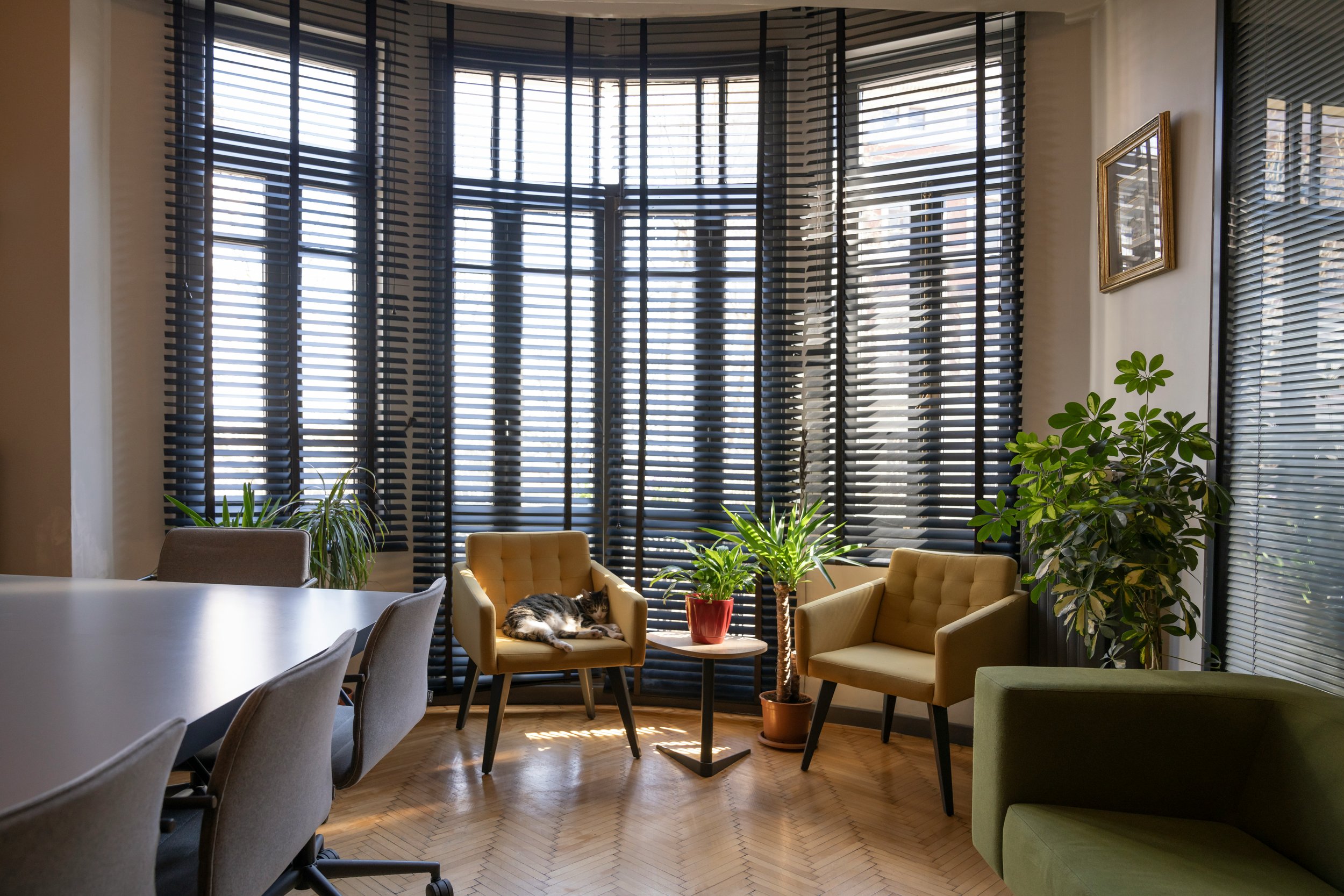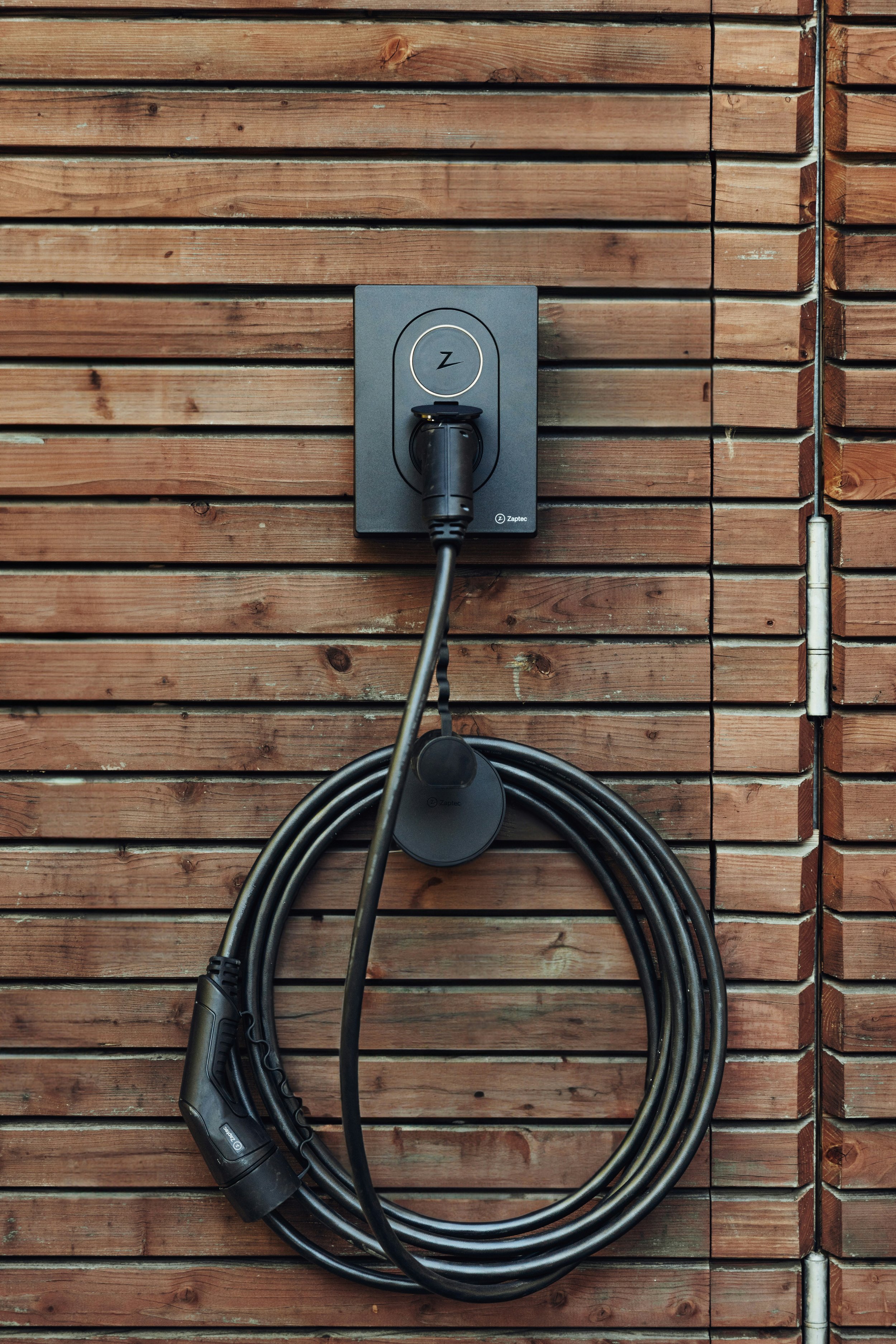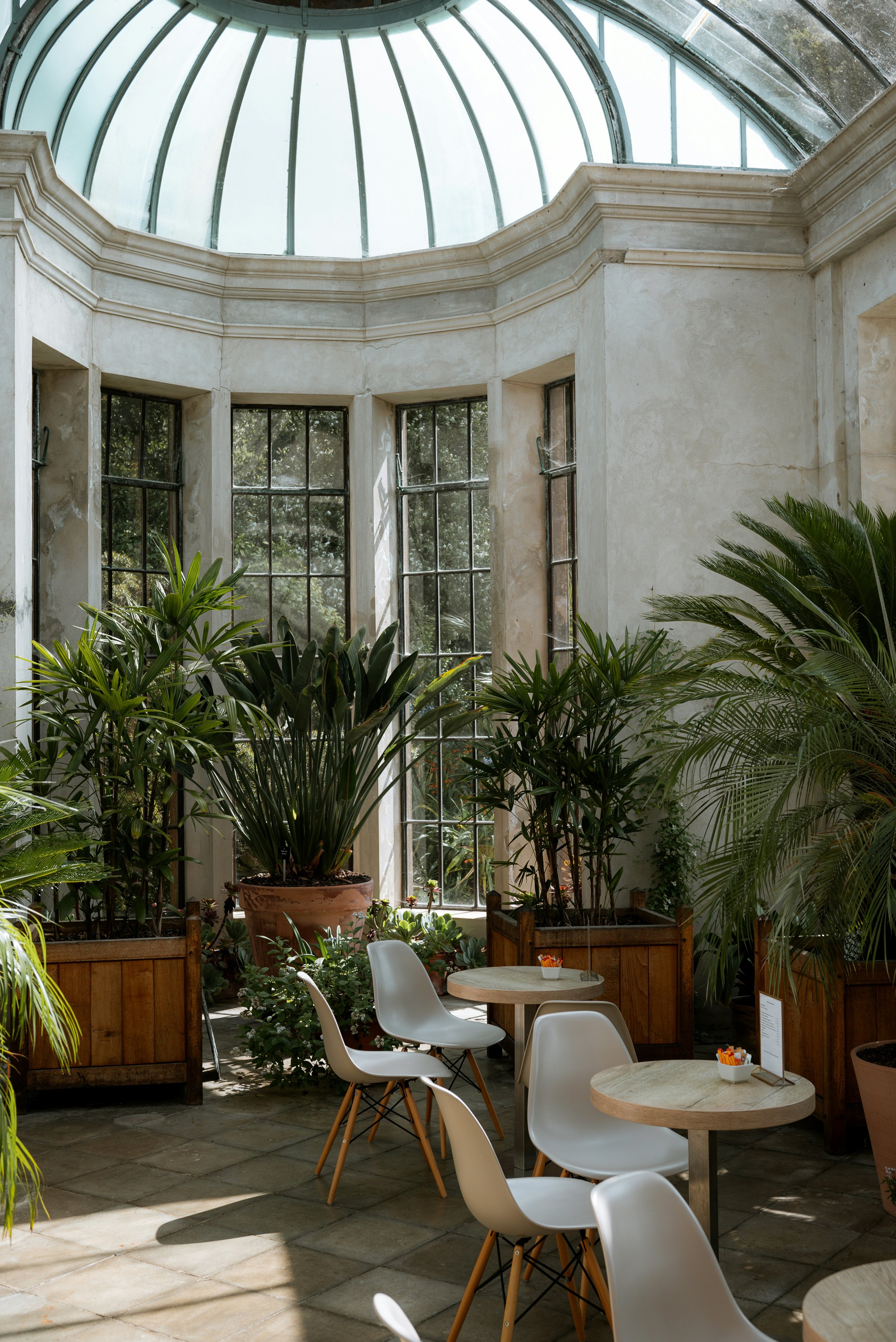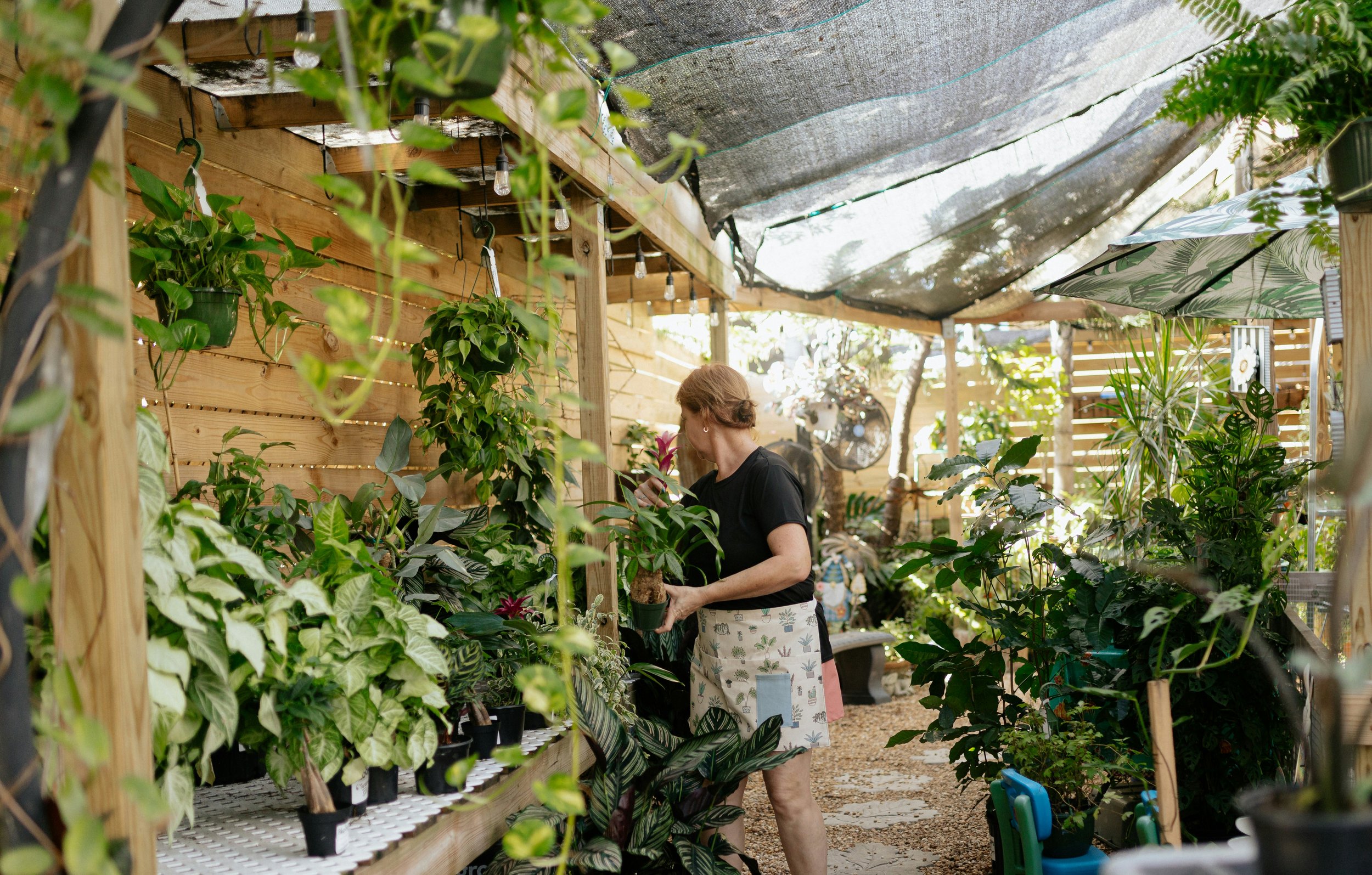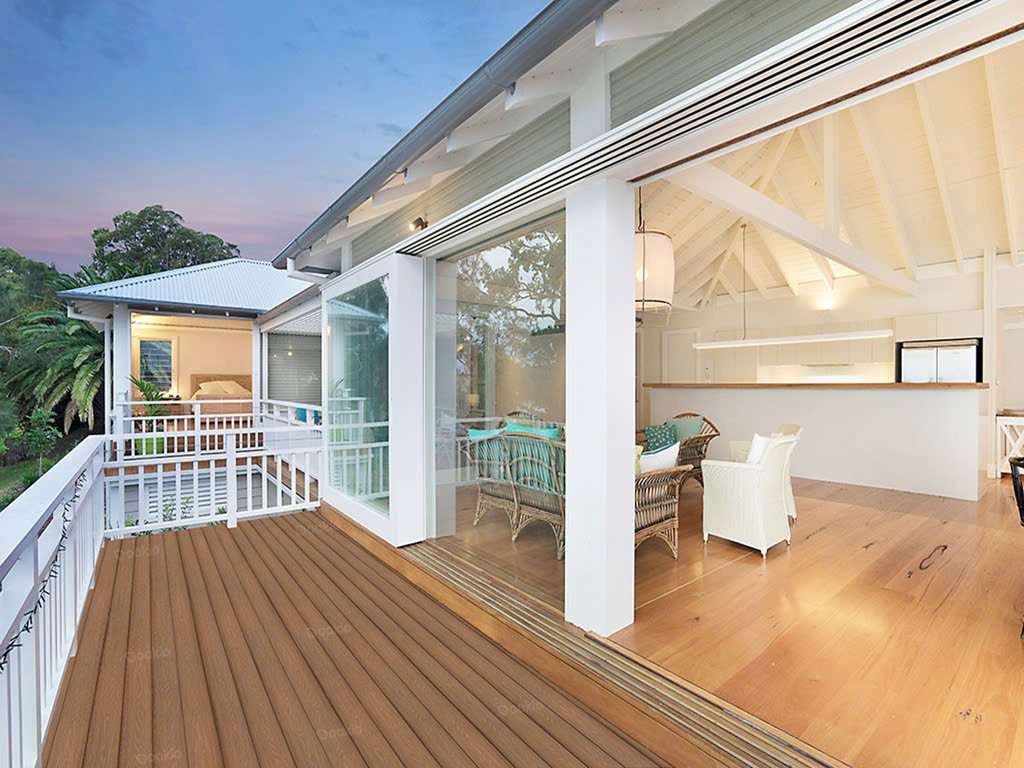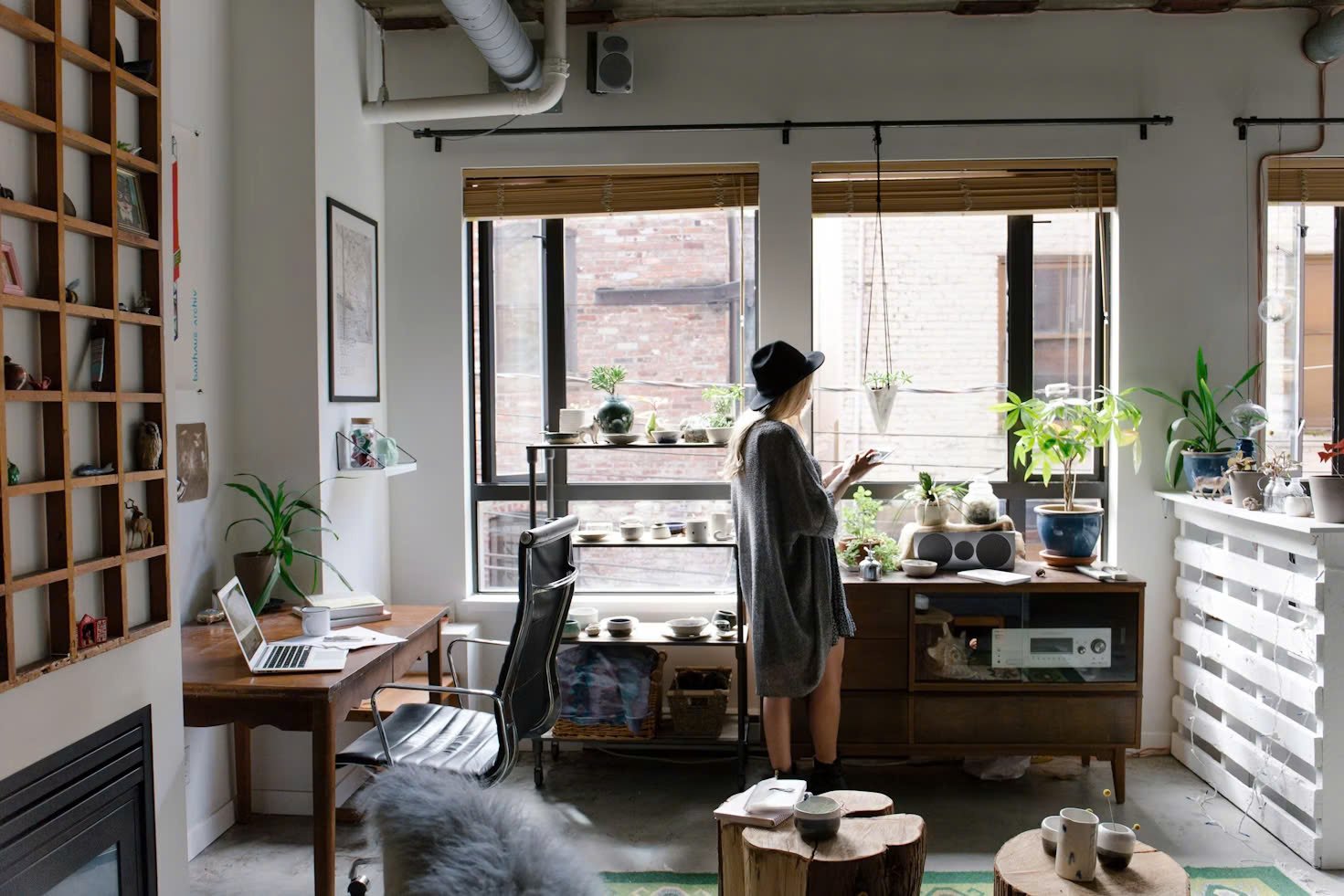Integrating Nature Inside: Ideas That Will Make Student Apartment Homey
Integrate nature into your student apartment with these ideas to make it feel homey. Discover tips for adding greenery, natural light, and earthy decor.
Busy student lives make apartments a simple stop between classes and study sessions. Yet, integrating elements of nature into these spaces can transform them from mere sleeping quarters into sanctuaries of rejuvenation and inspiration. This practice, known as biophilic design, is not just about aesthetics; it’s about creating environments that positively influence our mental and physical health. By bringing a touch of nature indoors, students can enjoy a homier apartment that promotes wellbeing and enhances their living experience.
The Basics of Biophilic Design in Small Spaces
Biophilic design is centered on the idea of deepening our connection to the natural world through our built environment. It’s a concept that has been shown to boost mood, enhance creativity, and even improve cognitive functions—qualities that are particularly beneficial in the demanding world of academia. Students grappling with the pressures of deadlines and exams often seek environments that foster relaxation and mental clarity. Implementing a biophilic design in a student apartment does just that, offering an oasis that can help balance the stresses of academic life.
For those new to this concept, starting simple can be the key. You might begin by rethinking your study or living area layouts to maximize the exposure to natural elements. It’s about being mindful of the materials, colors, and decor that mimic the outdoors. Even students who pay for research paper creation to manage their workload can benefit from the tranquility offered by a nature-infused study space, making their academic journey less stressful and more productive.
Incorporating Plant Life
One of the most direct ways to bring nature into your home is through the inclusion of plants. Low-maintenance varieties like succulents, spider plants, or peace lilies require minimal care but provide maximum benefits. These plants are resilient, requiring little water and moderate to low light, making them ideal for busy students who might not always remember to tend to their green friends.
Creative placement of plants can also make a significant difference in small spaces. Hanging planters or wall-mounted pots helps to save precious floor space while adding vertical interest to the room. For those with a bit of window space, creating a mini herb garden can bring both beauty and practicality to your kitchen area. Herbs like basil, mint, and thyme are not only easy to grow, but they can also be used to enhance your cooking, making them a dual-purpose addition to any student apartment.
By introducing plants into your living space, you engage with nature on a daily basis, which can be incredibly soothing during stressful periods. Plus, the act of caring for plants can become a meditative task that helps divert your mind from academic pressures, allowing you to recharge and refocus. Whether it’s a lush fern that breathes a bit of life into a drab corner or a row of aromatic herbs gracing your windowsill, each addition helps to craft a more inviting and restorative living environment.
Utilizing Natural Light and Ventilation
The strategic use of natural light can dramatically transform the feel of any small student apartment. Natural light not only makes spaces appear larger and more open but also plays a crucial role in regulating our circadian rhythms, improving sleep, enhancing mood, and boosting productivity. To maximize the presence of natural light, consider rearranging your furniture. Position desks and seating areas near windows to benefit from daylight during study sessions, and use sheer curtains to diffuse light without sacrificing privacy.
Ventilation is another critical aspect often overlooked in small apartments. Good air circulation is essential for maintaining air quality and preventing the buildup of moisture and pollutants. Simple habits like opening windows regularly can greatly improve ventilation, promoting a healthier living environment. Additionally, incorporating fans or maintaining HVAC systems can aid in controlling airflow and keeping the indoor climate comfortable and fresh.
By positioning mirrors directly across from windows, you can reflect light deeper into the room, making the space feel larger and more vibrant. This trick not only optimizes light but also adds an element of depth to small rooms, making them feel more expansive and less confined.
Natural Materials and Textures
Incorporating natural materials is a straightforward way to bring the essence of nature into a home. Materials like wood, bamboo, stone, and natural fibers such as cotton and wool can introduce textures that are not only visually appealing but also offer tactile satisfaction. Using furniture that features wood can add warmth and rustic charm, while decorative items like wicker baskets or stone sculptures can anchor the space with earthy elements.
Textiles play a significant role in softening the often harsh aesthetics of a typical student apartment. Opt for natural fiber rugs, linen curtains, and cotton throws to add layers of texture and comfort. These materials are not only durable but also add a casual, lived-in feel to spaces, making them feel more welcoming and cozy. Additionally, textiles can be used to introduce color and pattern into the room, complementing the greenery and other natural materials used throughout the space.
Color Schemes Inspired by Nature
Choosing the right color scheme can enhance the calming and restorative effects of a nature-inspired interior. Colors that mimic the outdoors, such as earthy browns, lush greens, sky blues, and floral pastels, can create a serene backdrop that echoes the natural world. These hues are known to evoke a sense of tranquility and can be easily integrated through wall colors, furniture, and accessories.
When selecting paints, opt for low-VOC (volatile organic compounds) options to maintain good indoor air quality. Decorative choices like botanical prints or landscape artworks can also help in reinforcing the connection to nature, acting as visual escapes and adding to the overall theme. Each color and pattern chosen should harmonize with the natural elements in the room, creating a cohesive and soothing environment.
Conclusion
Integrating nature into your student apartment doesn’t just enhance its aesthetic appeal; it transforms your living space into a sanctuary that nurtures your wellbeing. The presence of natural light, air, materials, and colors contributes to a healthier, more pleasing environment that can alleviate the stress of academic pressures. With these biophilic elements, your apartment becomes more than just a place to sleep and study; it becomes a home where you can thrive emotionally and academically.
Students are encouraged to experiment with these ideas, adapting them to fit their unique spaces and needs. Start with small changes and gradually build up to more significant transformations. Remember, even the smallest connection to nature can make a significant difference in your daily comfort and productivity. Embrace these elements to make your apartment truly homey and supportive of your academic journey.
